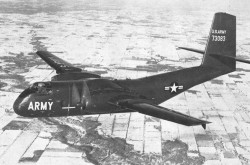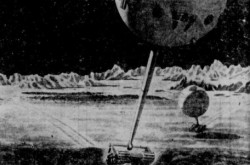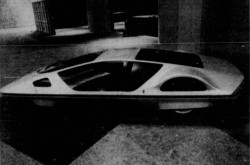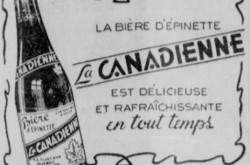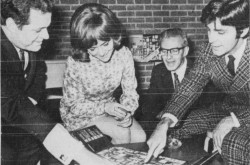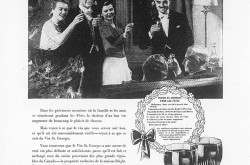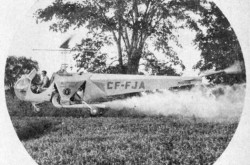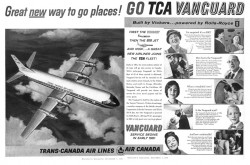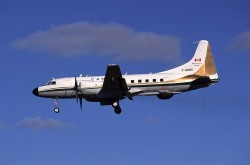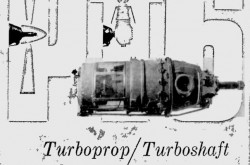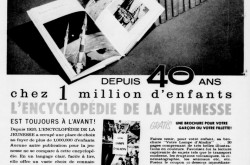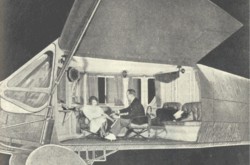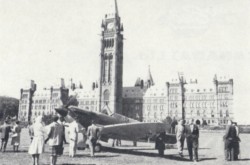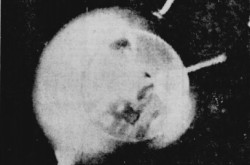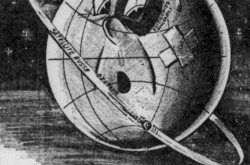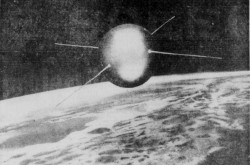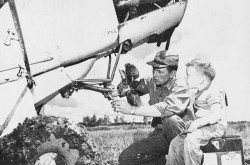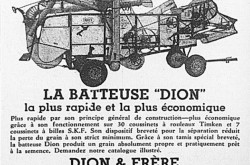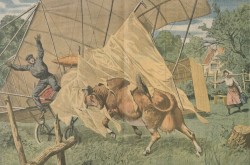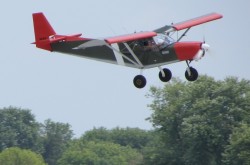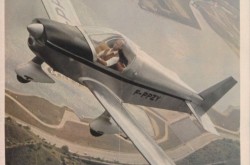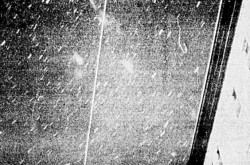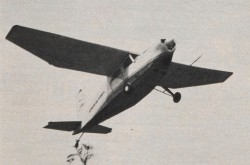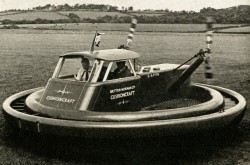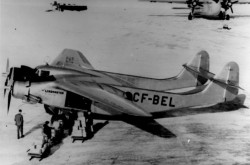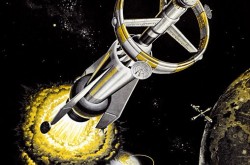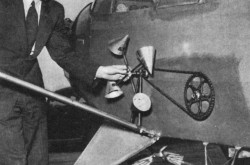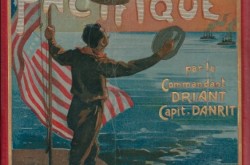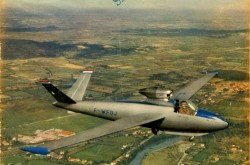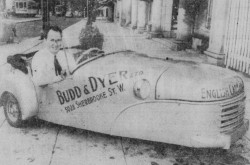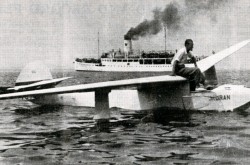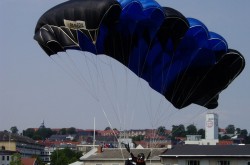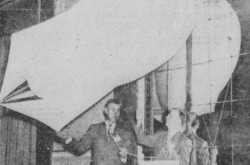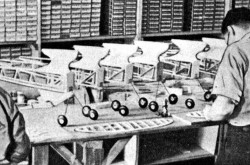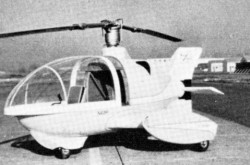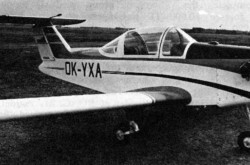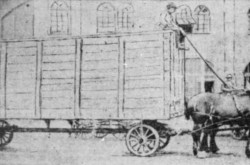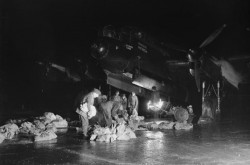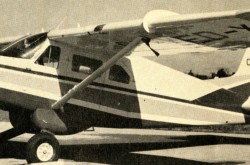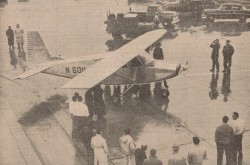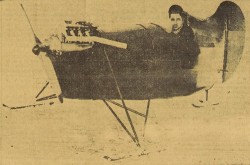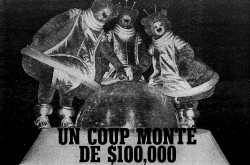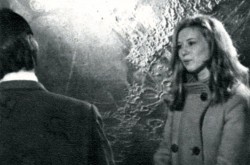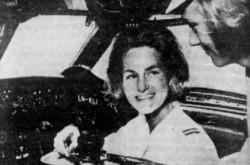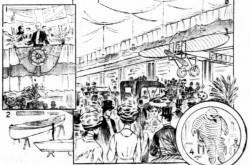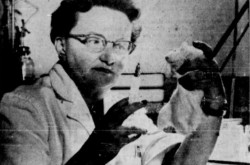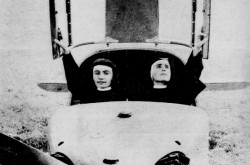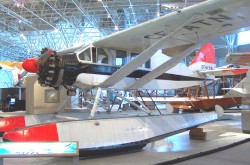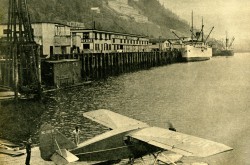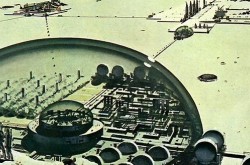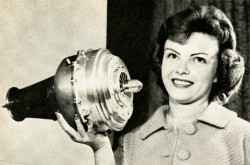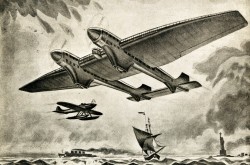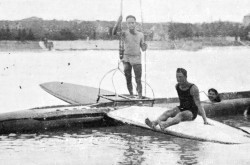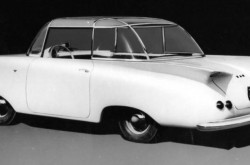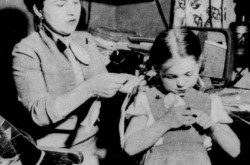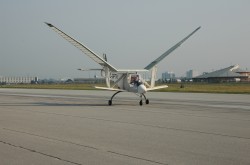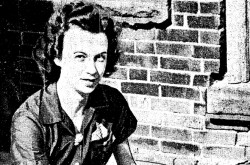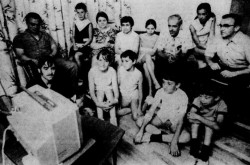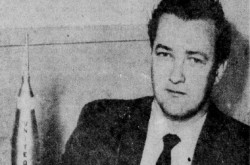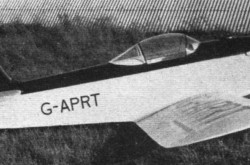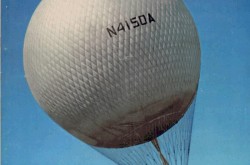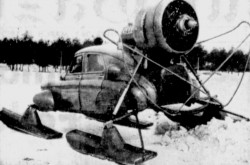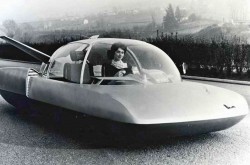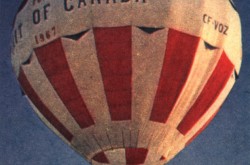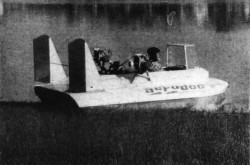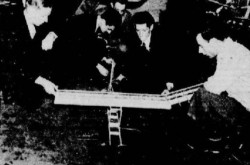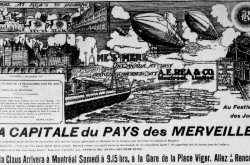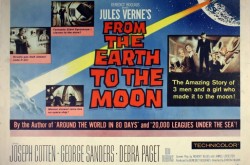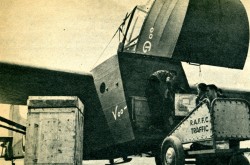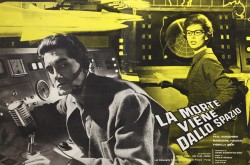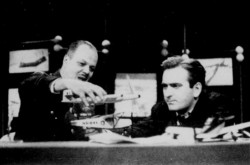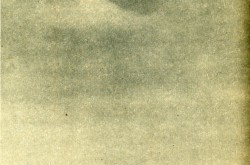“Is a frog game or fish? There is the rub.” A brief look at the history of ranaculture in Canada and Québec, Part 1
Do not close this webpage, my reader friend disturbed / alarmed by our topic for today! Yours truly realises that the breeding of frogs for the purpose of consuming their legs, in other words ranaculture, can be a rather off-putting subject. This being said (typed?), it is a topic which fits very well within the mandate of the Canada Agriculture and Food Museum, in Ottawa, Ontario, a brother / sister museal institution of the terrifically good Canada Aviation and Space Museum, also located in Ottawa.
That subject fits all the better into our blog / bulletin / thingee because it is the first subject of an agricultural or food-related nature presented in this virtual location since August 2022. Profuse apologies.
In addition, frog meat contains tonnes of protein, only a trace of fat and no shadow of a carbohydrate. In short, a healthy meat of exceptional delicacy and whiteness, if a tad lacking in taste.
Before going any further, I must point out that I have eaten frog legs several times, including, perhaps, once or twice in France. I forget. I am getting old. They were certainly not bad at all, especially with garlic butter, but I can understand that you might not share that opinion. This being said (typed?), yours truly is not the only occasional or habitual consumer of frog legs on our big blue marble. Nay.
Frog meat has been consumed for a very long time in countries of Asia (Cambodia, Indonesia, Thailand and Vietnam for example) and Europe (Albania, Bulgaria, Greece, Italy, Portugal, Romania, Slovenia and Spain, for example). It is also consumed in France, of course.
Would you believe that, through good times and bad, around 4 000 metric tonnes (4 000 imperial tons / 4 400 American tons) of frog legs are consumed each year in France, the main European consumer of that source of animal protein? However, that total corresponds to less than 0.1 % of the total quantity of animal meat consumed annually in that fairly carnivorous country. Indeed, each French person, regardless of age, consumes only about 60 grammes (about 2.1 ounces) of frog meat per year.
According to people in the know, I hope, barely 1 or 2 % of the frog meat consumed in France comes from French sites. Everything else comes from Turkey and Albania (live frogs or fresh meat) and, far more, Vietnam and Indonesia (frozen meat).
By way of comparison, through good times and bad, around 10 000 metric tonnes (10 000 imperial tons / 11 000 American tons) of plant-based / vegan meat are eaten in France each year, which amounts to say (type?) that every French person, regardless of age, consumes about 150 grammes (about 5.3 ounces) of plant-based / vegan meat per year.
And yes, my reading friend, plant-based / vegan frog legs do exist, as do plant-based / vegan shrimps and tuna. (Hello, EP!) You can go online and look for such products if you do not believe me, but not now.
Incidentally, frog legs did not appear in the diet of our species on French soil. Nay. Presumably, our very distant ancestors quickly took advantage of that relatively easy to capture and prepare source of protein. Indeed, excavations in 2013, in the south of England, yes, yes, England, at a site around 10 000 years old revealed that frogs were on the menu. By way of comparison, the first mentions of the consumption of frogs in France date perhaps from the 12th century.
Would you allow me to quote the first lines of a song by Montrealer author / composer / performer Jean Chevrier, a song immortalised by a giant of Québec song, actor / author / composer / musician / performer Robert Charlebois? Wunderbar!
Ton beurre est dur pis tes toasts sont brûlées.
Ton lait est sûr, ton jaune d’œuf est crevé.
T’as pus d’eau chaude pour te faire un café instantané.
You’re a frog, I’m a frog, kiss me. And I’ll turn into a prince suddenly.
Donne-moi des peanuts, j’m’en va te chanter Alouette sans fausse note.
Your butter’s hard and your toasts are burnt.
Your milk’s sour, your egg yolk is broken.
You got no more hot water to make yourself an instant coffee.
You’re a frog, I’m a frog, kiss me. And I’ll turn into a prince. Suddenly.
Give me some peanuts, I’ll sing you Alouette without a false note.
The frog song came out in 1976, whereas Alouette came out around 1879, as you well know, my reading friend, having read the September and October 2022 articles of our blog / bulletin / thingee about the first Canadian artificial satellite, Alouette.
And yes, many English-speaking Canadians referred (still refer?) to their French-speaking compatriots as frogs, and not always in a friendly manner, just as many British referred (still refer?) to their French neighbours as frogs, and not always in a friendly manner, but back to our story.
Yours truly has no intention of tickling your little gray cells on this cloudy November day with a text on French ranaculture. Nay. I plan to titillate them with a text on Canadian and Québec ranaculture.
On your marks, get set, jump!
Sorry.
I have to admit I really like the song Jump!, released in December 1983 (!) by the American rock band Van Halen, but maybe not as much as the song Thunderstruck, released in September 1990 by the Australian American rock band AC/DC. (Hello, EP and EG!)
Contrary to what you might believe, and what I myself believed, ranaculture had / has a fairly long history among the European peoples who invaded / exploited / colonised North America.
On Canadian soil, around 1880, during the summer season, the demand for frog legs in the major Ontario hotels of the Niagara Falls region reached such a level that suppliers were unable to meet the demand.
There were a few frog farms in Canada by 1886, including a major one near Waterloo, Ontario. Demand remained at such a level, however, that suppliers were unable to meet demand.
The question was, what were Canadian frog farms like? The presence of barriers or enclosures could rarely be confirmed, nor could the regular supply of food from elsewhere. A Canadian frog farm may well have been just one or several marshes or swamps whose population was increased, or not, in the spring by the addition of eggs found in nearby marshes or swamps.
Indeed, the owner of the Waterloo region frog farm did not feed the frogs whose capture he oversaw, at night, using torches. Then aged 4 or 3 years, the batrachians were placed in small ponds that could be easily dried up at harvest time.
By the way, it was a safe bet that the batrachians bred / hunted for their meat were bullfrogs / American bullfrogs. That species, the largest North American frog, can measure up to 46 centimetres (18 inches) in length, legs extended, and weigh up to 800 grammes (1.75 pound).
Yours truly does remember catching bullfrogs eons ago, about 55 years ago in fact. They were big and had BIG legs. Eating these legs would have seemed unfair, and really gross.
Whatever the interest of a number of Canadian epicureans, the fact was that the bulk of the demand in the 1880s came from the United States. According to the commissioner of fisheries of New York, the state not the city, Eugene G. Blackford, a good part of the frog legs sold in New York, the city not the state, came from Canada. A single stall sold about 90 kilogrammes (about 200 pounds) a day around March 1881, for example.
Would you believe that, according to the French magazine La Chasse illustrée, around 1890, between 1 000 and 1 500 kilogrammes (approximately 2 200 to 3 300 pounds) of frog legs were sold in the markets of New York City, and that almost every day?
These amphibians were often delivered alive, in barrels / casks stuffed with wet grass and moss. That method was so effective that some people (Americans? Canadians?) used it to ship frogs to France.
You will understand that American frog farm owners did not like their Canadian competitors all that much.
Incidentally, an American piece of tariff legislation, the Dingley Act of 1897, or an update of said act enacted in February 1904 by the secretary of the Treasury, Leslie Mortier Shaw, placed frog legs in the category known as dressed poultry. And yes, the Canadian frog meat entering the United States was subject to pretty hefty tariffs.
The situation of said American owners could have been far worse. Let us not forget that the Canadian and American governments signed a reciprocity / free trade agreement in January 1911. That agreement played a significant role in the defeat of the Canadian government, and the reciprocity agreement, in the general election of September 1911. The first fully implemented North American reciprocity / free trade agreement, the famous North American Free Trade Agreement, did not come into effect until January 1994.
It should be noted that frog meat was apparently one of the few (agricultural?) products not covered by the high customs tariffs introduced by the Minister of Finance of Canada, Sir Samuel Leonard Tilley, from 1878 onward, as part of the National Policy of the prime minister of the time, Sir John Alexander Macdonald – a character mentioned in a July 2021 issue of our blog / bulletin / thingee.
It should be noted that Ontario frogs were said to be quite larger than their New Jersey or New York rivals, between 115 and 150 or so grammes (4 to 5.3 or so ounces) per pair of legs on the one hand and less than 40 or so grammes (1.3 or so ounce) on the other hand. Frogs from Tennessee and Missouri, the main producing state around 1900, the last year of the 19th century, were said to be larger still, at 190 to 230 or so grammes (6.7 to 8 or so ounces) per pair of legs.
The legs of large Missourian, Ontarian and Tennessean frogs sold for 85 ¢ to $ 1.35 or so per kilogramme (38.5 to 61.5 ¢ or so per pound), which equates to between just under $ 37.40 to $ 59.80 per kilogramme (a little less than $ 17 to just over $ 27 per pound approximately) in 2022 Canadian currency.
By comparison, boneless chicken breast seemingly sold for just under $ 20 per kilogramme (just over $ 9 per pound) in Ottawa, in 2022.
Yours truly would be remiss if I did not insert here, now, a translated quote from one of the great French daily newspapers of the time, Le Journal of Paris. If Americans claimed that the best frogs in the world grew among them,
it is generally accepted that Canadians are first in line when it comes to preparing frog legs. Canadian merchants are said to have a ‘turn of the hand,’ a special skill which enables them to present their wares very favourably and beat their competitors in the United States in all markets.
Much of the text which appeared in Le Journal, in August 1900, appeared that same month in Les Débats, a short-lived (1899-1904) Montréal, Québec, combat weekly whose positions sometimes / often caused representatives of the strongly conservative secular and religious elites of Québec to hit the proverbial roof.
A detail before I forget. In the early 1880s, the Société nationale d’acclimatation de France founded a prize aimed at encouraging the establishment of the bullfrog in France. Experiments took place in the Paris region, but the (rare?) survivors quickly vanished into thin air. The society continued its efforts at least until 1913-14, but without much result. These efforts were due to the fact that the thighs of the North American frog were 4 times the size of those of the typical French frog (marsh frog / grenouille rieuse?). The ferocious North American giant could also have helped the French peasant, it was believed, by eating a lot of mice and young rats.
That French peasant could quite possibly count himself lucky that the acclimatisation efforts failed. Indeed, the introduction of the cane toad / giant neotropical toad / marine toad in Australia in 1935-37, to limit the infestation of insects which then ravaged sugar cane plantations, turned into a disaster. The presence of the Central and South American batrachian had no impact on the insects. Worse still, that voracious animal attacked everything which fell under its tongue. And that was not all. The dreaded toxins present in both cane toad tadpoles and adults caused a significant drop in the populations of certain Australian predatory reptiles, but back to our subject.
Did you know that an important frog farm came into existence not far from Fredericton, New Brunswick? In 1899, its owners, a certain Coleman, shipped 50 barrels of (legs of?) frogs to Boston, Massachusetts.
Yours truly wonders if that gentleman was Frederick B. “Fred” Coleman, the proprietor of the Barker House Hotel, an establishment known throughout North America at one time, it was said. The item which made Coleman and his hotel famous is now the best-known of all the artifacts on display at the Fredericton Region Museum in Fredericton, a small museal institution operated by the York Sunbury Historical Society. The artifact in question was / is the Coleman frog.
That beautiful story began at an indeterminate date during the 1880s – in 1885 or 1889 perhaps. One fine day while fishing on Lake Killarney, north of Fredericton, Coleman was surprised to see an animal surface near his rowboat, before rushing towards him. Somewhat worried, he vigorously rowed towards the shore. That was when a frog, in all likelihood a bullfrog, jumped into said boat. Surprised, he decided to make a pet of that batrachian which, it was said, then weighed about 3.2 kilogrammes (7 pounds).
Said batrachian seemed to accept its new (captive?) life without too much difficulty, even though the food Coleman provided it after numerous unsuccessful offers bore no resemblance to its usual diet. Indeed, do you know a bullfrog who downed whey and whiskey 7 days a week?
Another version of the story, brought to light in a daily newspaper of the time and perhaps more accurate, assuming the Coleman frog was anything other than an urban legend of course, mentioned a menu made from cornmeal and… blood – a form of sustenance suggested to Coleman around 1890, it was said, by a well-known American actor, Joseph “Joe” Jefferson III, while he was in the Fredericton area with some friends.
And no, yours truly does not know how Jefferson came across that unlikely regimen.
Afterwards, Coleman fed his frog twice a week, with a shovel, it was said, to the delight of visitors who were simply stunned. Two of those visitors were said to have been former United States Navy Secretary Benjamin Franklin Tracy and future Massachusetts Governor William Eustis Russell.
The most surprising thing was that the frog really seemed to enjoy its unusual diet. Indeed, it got bigger and bigger over the weeks and months.
The bonds between Coleman and his frog followed a similar trajectory. The batrachian came to meet its human when the latter called it or rang a bell or played a horn. It often followed him like a dog, well, like a dog which jumped instead of walking or running. The frog, sometimes a tad shy, nevertheless agreed quite often to entertain Coleman’s guests. It then towed rowboats and even raced with cats.

Frederick B. Coleman and his frog. Anon., “Talking to the largest frog in the world.” The Halifax Herald, 3 July 1903, 8.
The Coleman frog may not have been as big as an ox, but it finally tipped the scales at around 19 kilogrammes (42 pounds). It was 1.6 or so metre long (about 5 feet 4 inches) long, legs extended. I kid you not.
Tragically, the Coleman frog perished / croaked (Sorry) about 8 years after meeting its human, following an explosion caused according to some / many by poachers fishing with dynamite in the lake where it had made its home.
If I may be permitted to open a parenthesis, the frog hunt practiced with hand grenades by one of the Belleville triplets, Blanche, Rose or Violette, in the Belgian-French-Quebecer animated film The Triplets of Belleville, released in May 2003, was obviously illegal – and dangerous. Aside from the dinner scene and its preparation, a tad disturbing I must admit, that film is really, but then really, really worth seeing. More than once. Closing the parenthesis.
As you may imagine, Coleman was inconsolable over the tragic passing of his amphibian friend. He retrieved its body and sent it to a taxidermist in Bangor, Maine. Once stuffed, the frog was placed in a prominent display case at the Barker House Hotel.
According to another version of the story, Coleman had a life-size reproduction of his late friend made.
The frog having lost its protective display case at an undetermined date after Coleman’s death in 1901, more or less drunk masculine guests of the Barker House Hotel began to crush their cigars on its surface, which they found very amusing. Noting the increasingly serious damage, the management of the hotel defrayed the costs of a botched restoration which greatly affected the appearance of the frog.
The Coleman frog entered the collection of the York Sunbury Museum, as the Fredericton Region Museum was then called, in 1959, following the death of Coleman’s son.
Immediately put on display, the Coleman frog was relegated several / many years later to the attic of a garage in the suburbs of Fredericton. That exile stemmed from the fact that several / many influential citizens of the city believed that the Coleman frog saga was nothing more than an urban legend.
Subsequent research having suggested that said saga seemed based on certain facts, the frog found again its place of honor at the York Sunbury Museum.
The Canadian Conservation Institute in Ottawa, a world-renowned federal agency, examined and repaired the Coleman frog between around 1987-88. Its staff allegedly concluded that the naturalisation techniques used on it were consistent with those of the late 19th century. Other tests to prove or disprove the authenticity of the beast unfortunately proved inconclusive. This being said (typed?), examination, repairs, and / or testing apparently showed that the Coleman frog was a lady frog, earning it / her the charming name of Cornelia Webster. I kid you not, and…
You can wave your hand in the ether for as long as you like, my reading friend. I have no idea why or by whom that name was chosen.
At this final point in this biography of the Coleman frog, yours truly must mention that the Fredericton Region Museum may, I repeat may, have chosen not to have researchers perform tests on its frog to prove or disprove his authenticity.
If I may say so, I must confess that I do not believe in the authenticity of the Coleman frog. I am certainly not the only one. Indeed, one wonders how authentic the staff of the Fredericton Region Museum believe their frog to be. This being said (typed?), the Coleman frog was / is a valuable and extraordinary piece of Fredericton’s history.
The Sheldonian killjoy in me would be remiss if I did not mention that the largest known specimen of the largest frog known to date, the aptly named giant frog / giant slippery frog / goliath bullfrog, an African species, weighed about 3.6 kilogrammes (just under 8 pounds). That specimen captured in Kamerun, or German Cameroons, in 1889, measured about 88 centimetres (2 feet 10.5 inches) in length, legs extended.
That species of batrachian being very much alive today, you are probably wondering, my reading friend who loves animals, if an extinct species was even bigger. And yes, that was apparently the case. A species of toad living between 65 and 70 million years ago in what is now the island of Madagascar tipped the scales at about 4.5 kilogrammes (about 10 pounds). Its name? Beelzebufo ampinga, or Beelzebub’s shielded toad. Charming, is it not? As terrifying as that predator was to any animal which could be swallowed, from insects to newly hatched dinosaurs (!), it was still a far cry from the 19 kilogrammes (42 pounds) of the Coleman frog.
But if you think that this amphibian was impressive, let me introduce you to Prionosuchus, an animal from what is now Brazil similar in appearance, lifestyle and size to a fish-eating crocodilian living in present-day India, the gharial / gavial / fish-eating crocodile. Extinct since about 270 million years ago, Prionosuchus could reach 5.5 metres (18 feet) in length, making it the largest amphibian to have ever lived – as far as we know. Its potential weight? Up to approximately 1 250 kilogrammes (approximately 2 750 pounds). Mean legs…
Noting your state of shock, yours truly believes that it is time to close this first part of our article on ranaculture.
What can I tell you, during my distant youth, when dinosaurs still haunted the alleys of my homecity, Sherbrooke, Québec, I sometimes dreamt of the day when I would go to a remote corner of the planet in order to uncover fossils of these incredible animals. I later had to abandon that dream, sigh… Curse you, algebra and physics! Actually, I should be grateful to algebra and physics, as things turned out pretty well in the end. (Hello EP, EG and many others!)
See you next week.



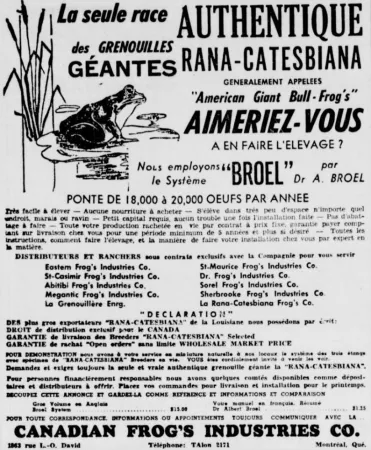


































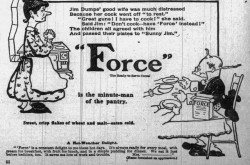
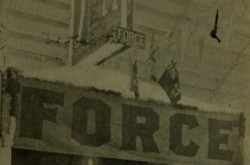
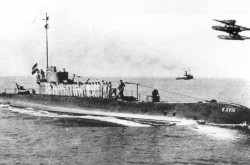
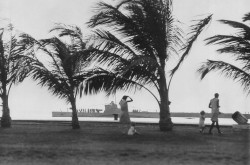
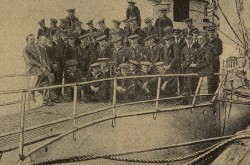
![A block of photographs showing some of the people involved in the bombing of beluga whales in the estuary and gulf of the St. Lawrence River. Anon., “La chasse aux marsouins [sic]. » Le Devoir, 15 August 1929, 6.](/sites/default/files/styles/thumbnail_7/public/2024-09/Le%20Devoir%2015%20aout%201929%20page%206.jpg?h=584f1d27&itok=TppdLItg)
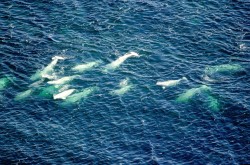
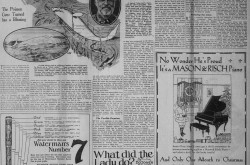

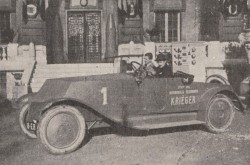
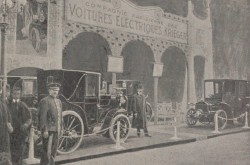
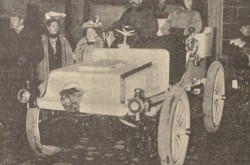
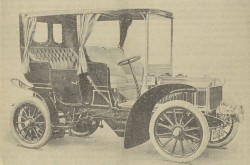

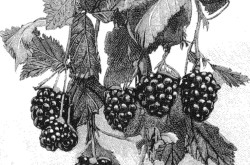
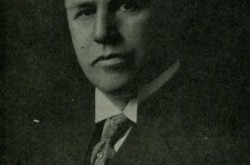
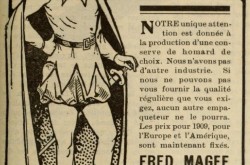
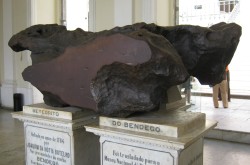
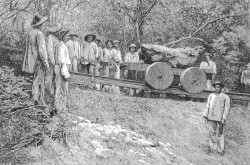
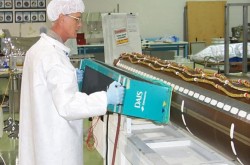

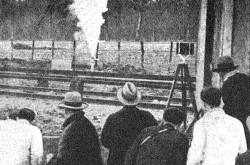
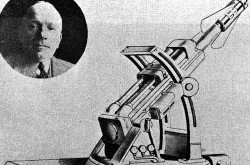
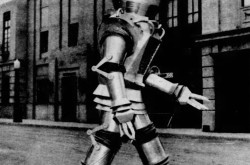

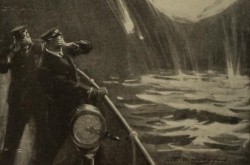
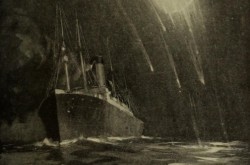
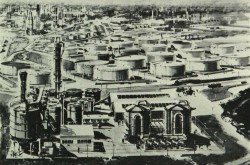

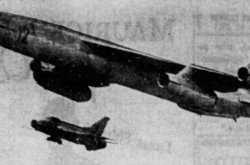
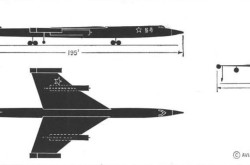
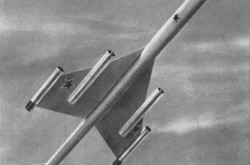
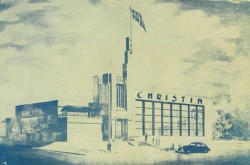
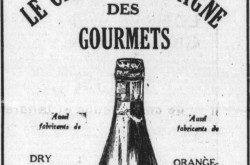
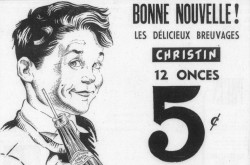
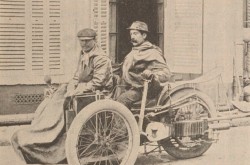
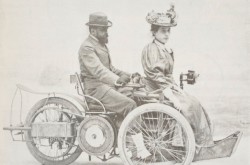
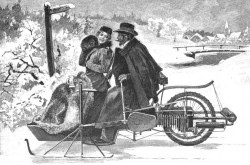
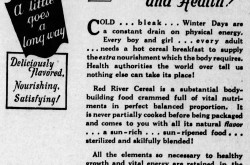

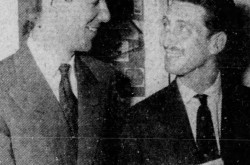
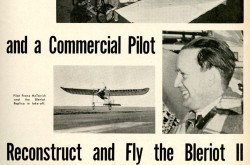
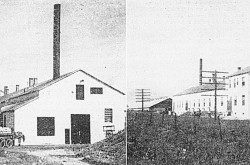
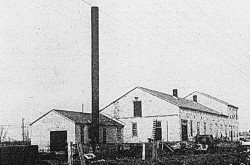



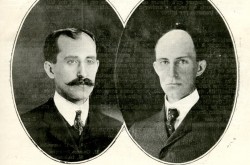

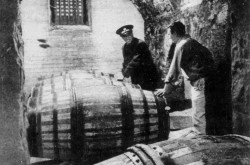
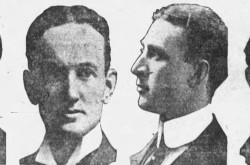
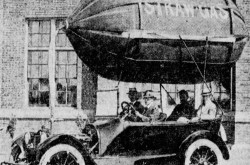
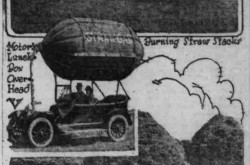
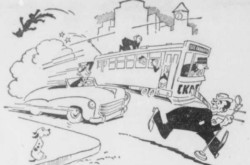

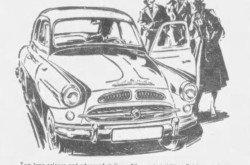
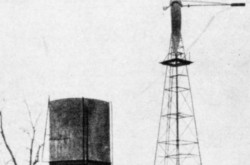
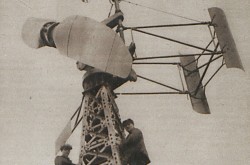
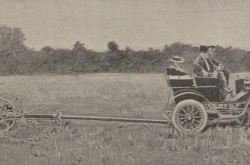

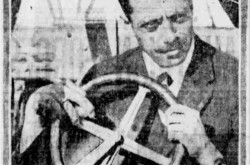
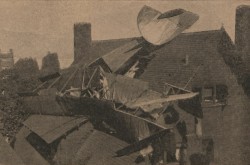
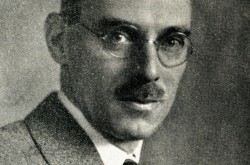
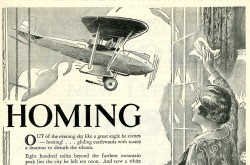
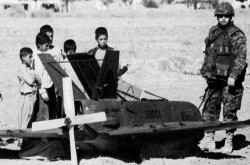
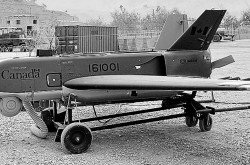
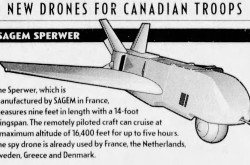
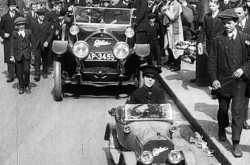
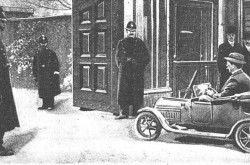
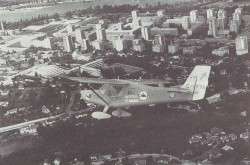
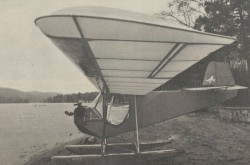

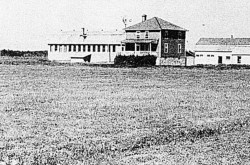
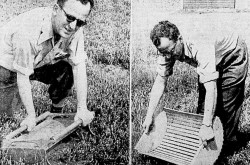
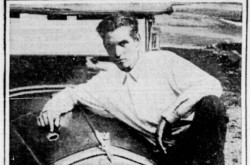
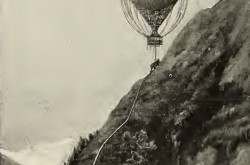
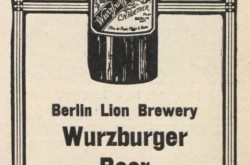

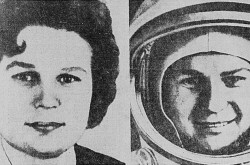
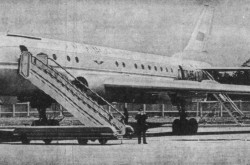
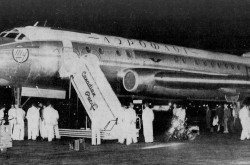
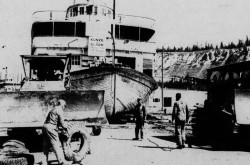
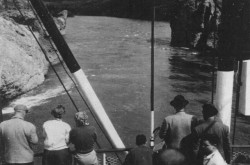
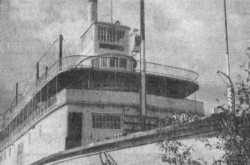
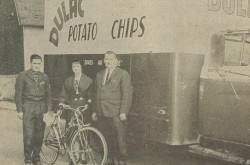
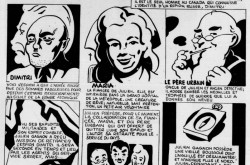
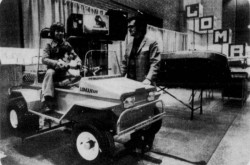
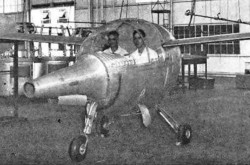
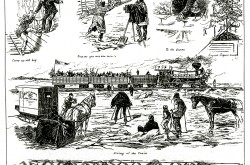
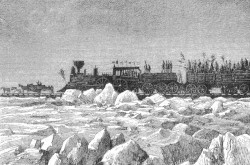
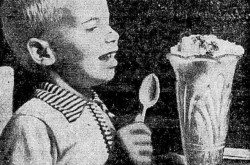
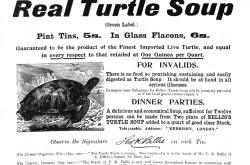
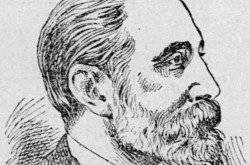
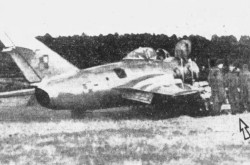
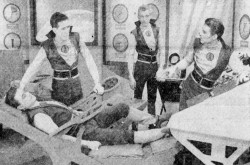
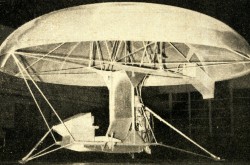
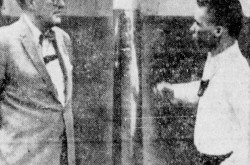
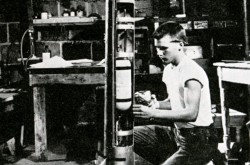
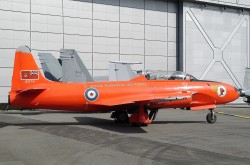
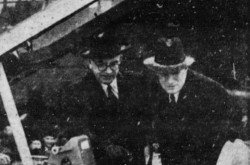
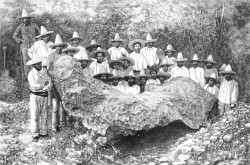
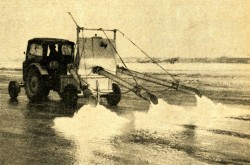
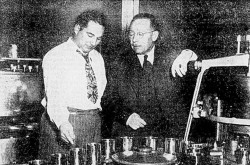
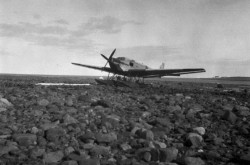
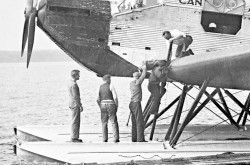
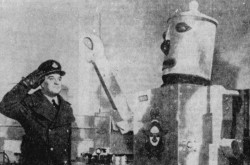
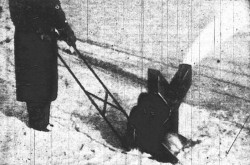
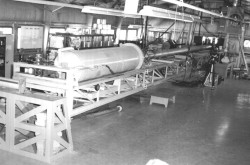
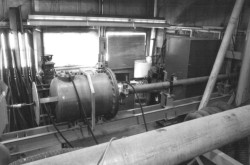
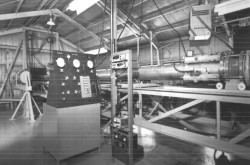
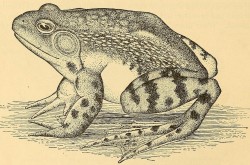
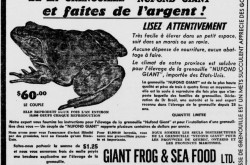
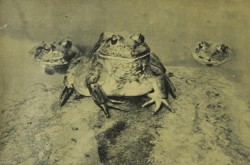
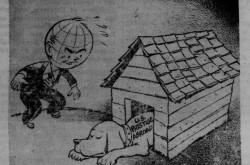
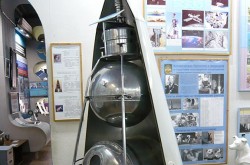
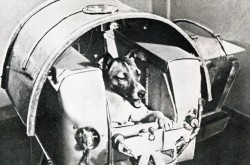
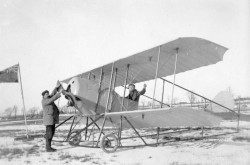
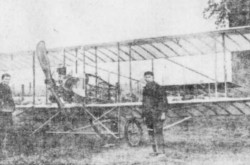
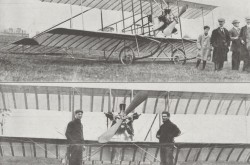
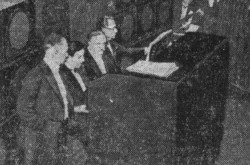
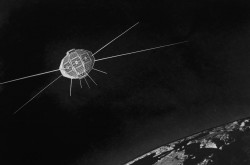
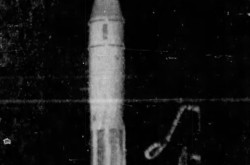
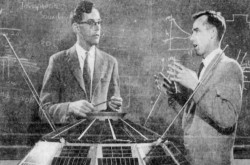
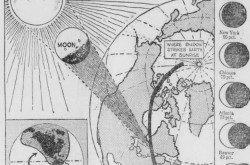



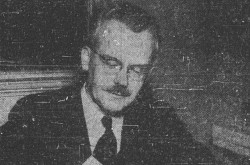
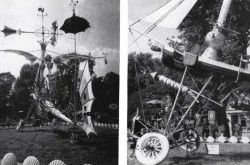
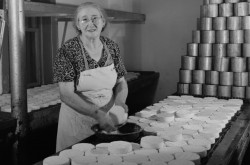
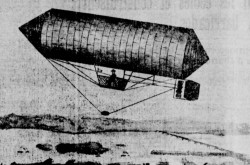
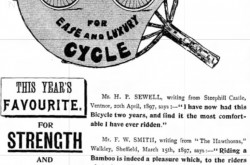
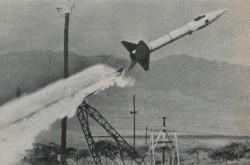
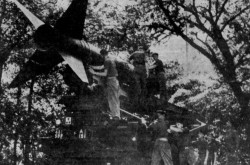
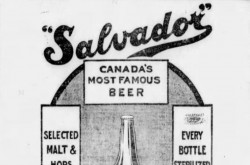

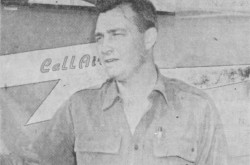
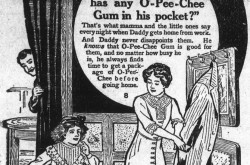
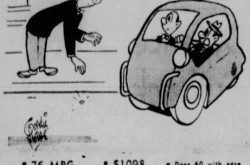
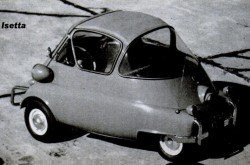
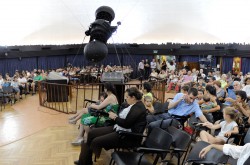
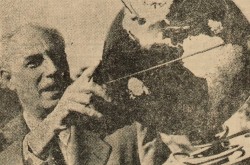
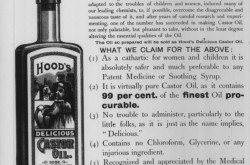
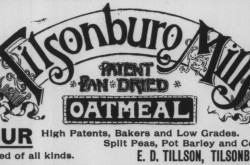
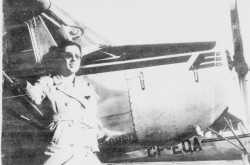
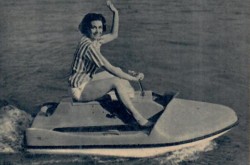

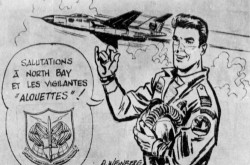
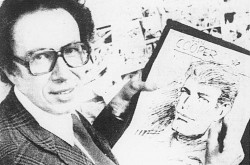
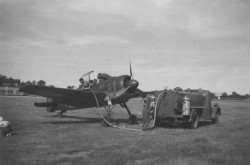

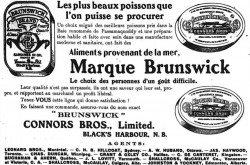


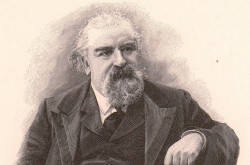
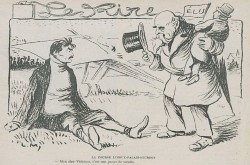
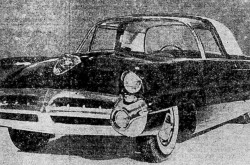
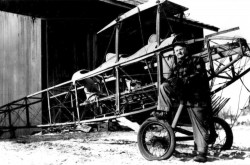
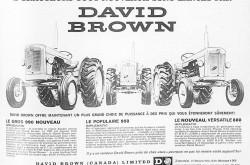
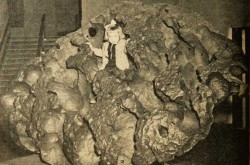
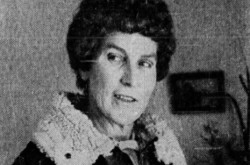
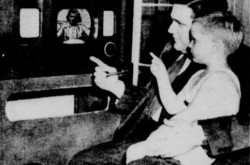
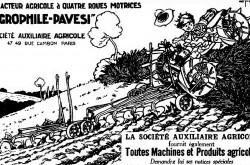
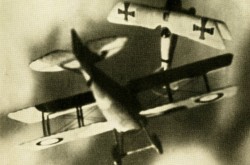
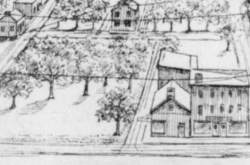
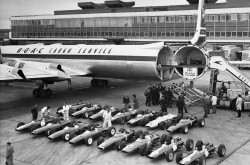
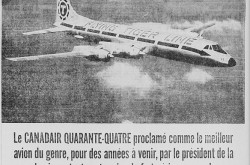
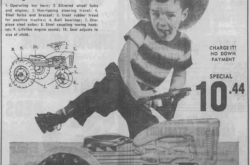
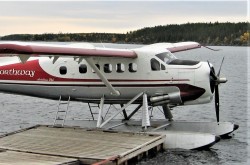
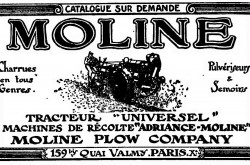
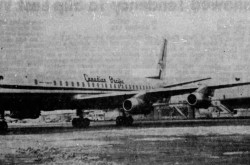
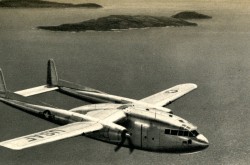
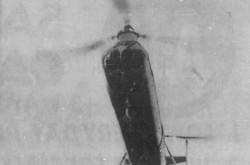

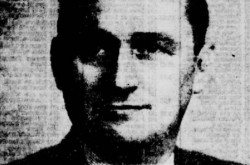
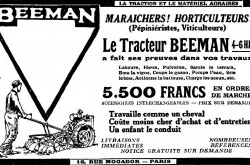
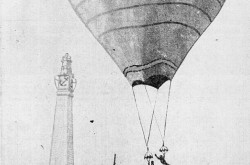

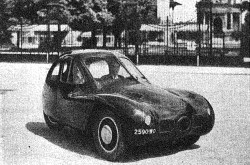
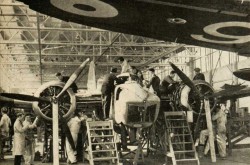
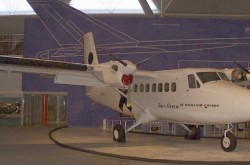
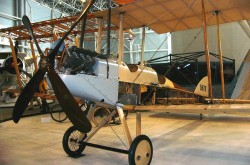
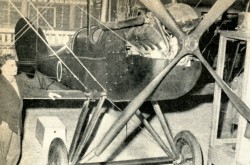

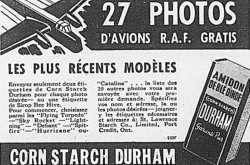

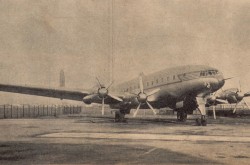
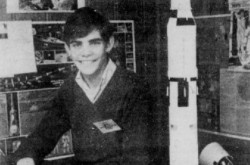
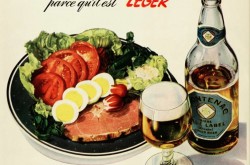
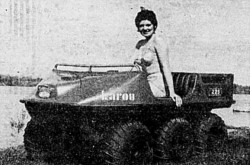
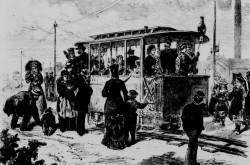
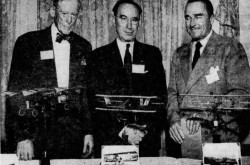
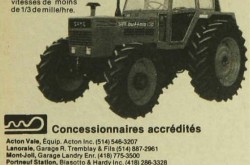
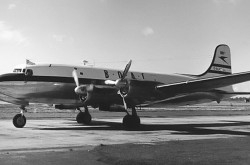
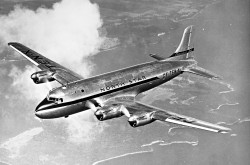
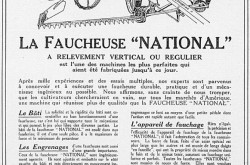
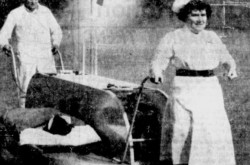
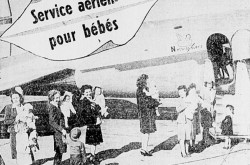
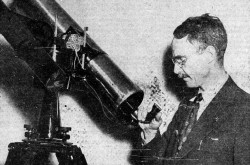
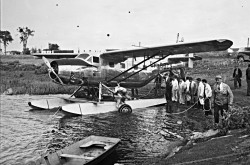
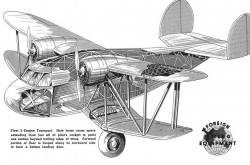
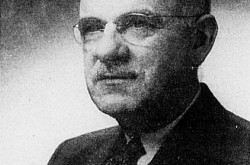
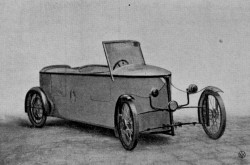
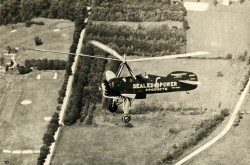
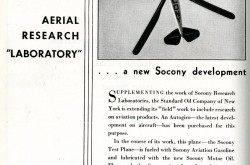
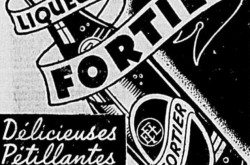
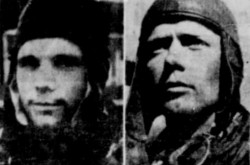
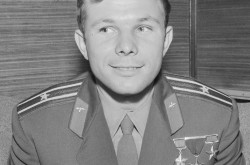
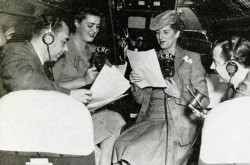
![Peter Müller at the controls [sic] of the Pedroplan, Berlin, Germany, March 1931. Anon., “Cologne contre Marseille – Le mystère du ‘Pédroplan.’ [sic]” Les Ailes, 2 April 1931, 14.](/sites/default/files/styles/thumbnail_7/public/2021-04/Les%20Ailes%202%20avril%201931%20version%20big.jpg?h=eafd0ed4&itok=WnBZ5gMf)
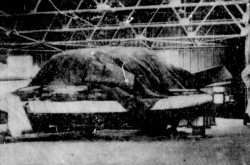
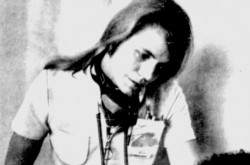
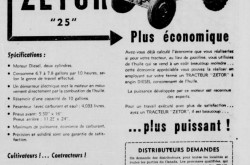
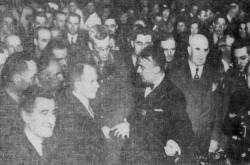
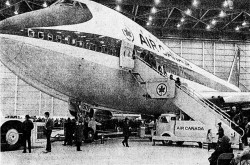
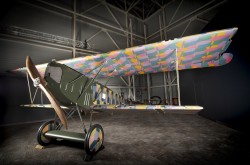
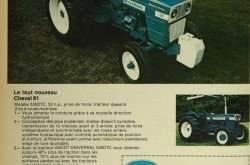
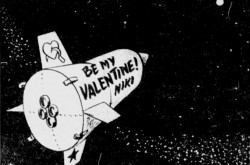
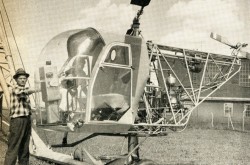

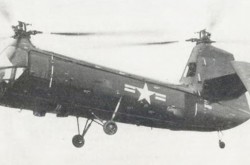
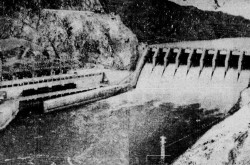
![One of the first de Havilland Canada Chipmunk imported to the United Kingdom. Anon., “De Havilland [Canada] DHC-1 ‘Chipmunk.’” Aviation Magazine, 1 January 1951, cover.](/sites/default/files/styles/thumbnail_7/public/2021-01/Aviation%20magazine%201er%20janvier%201951%20version%202.jpg?h=2f876e0f&itok=DM4JHe5C)
